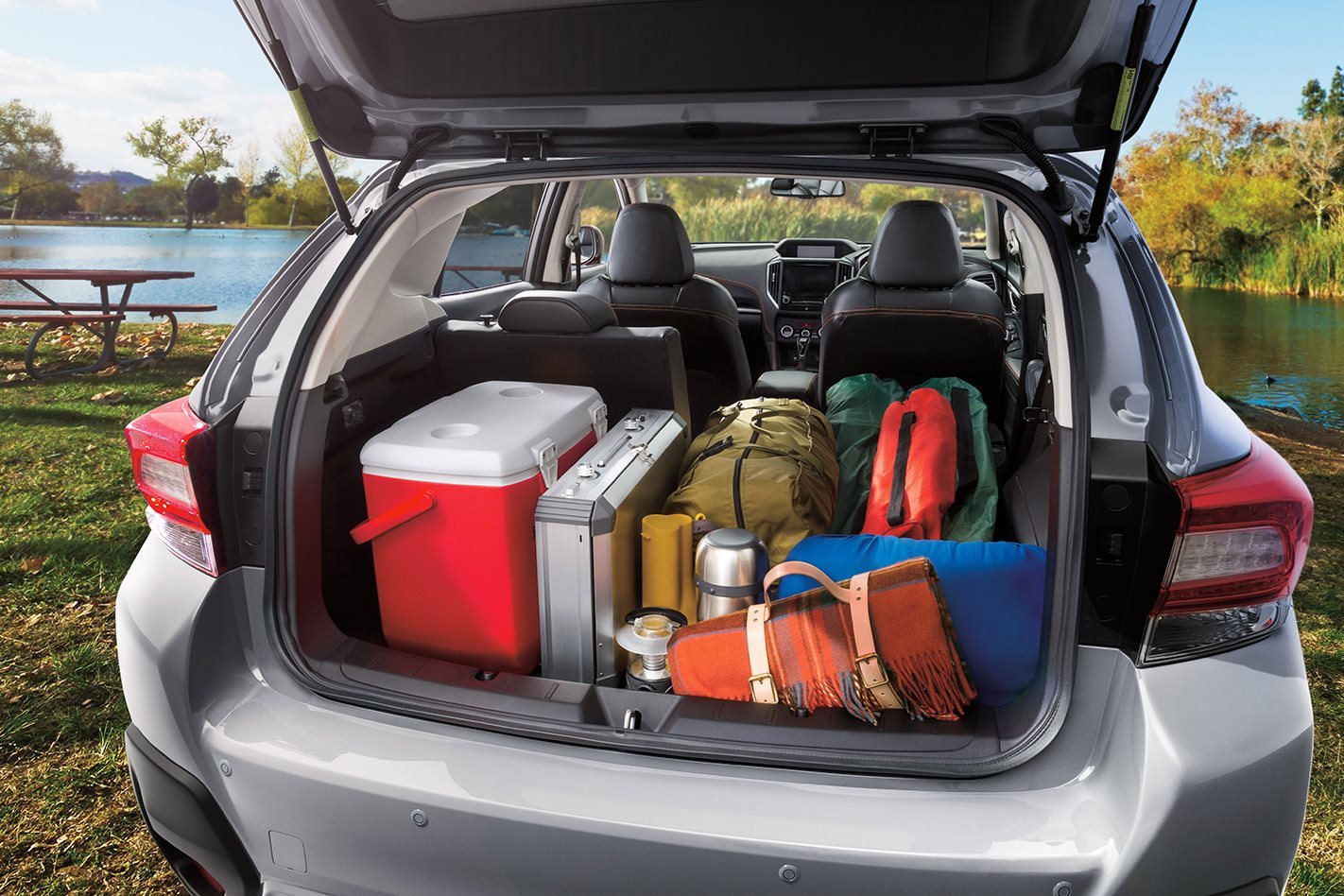
Logic dictates that big cars have big boots and small cars have less space. In theory, this assumption would make our lives in search of a new car simple, but the truth is this statement is seldom accurate. Ironically, the smallest cargo areas are often not in the smallest cars.
When we consider the diverse range of activities that drivers could use their cars for – groceries, furniture, hardware, luggage – it’s no surprise that manufacturers optimise the storage spaces with as much stowage as possible for a range of applications.
With that in mind, you might be surprised to find that even some small hatchbacks can fit in a surprising amount of gear. And vice versa, some larger vehicles are so poorly packaged that they can’t accomodate nearly as much as you’d expect.
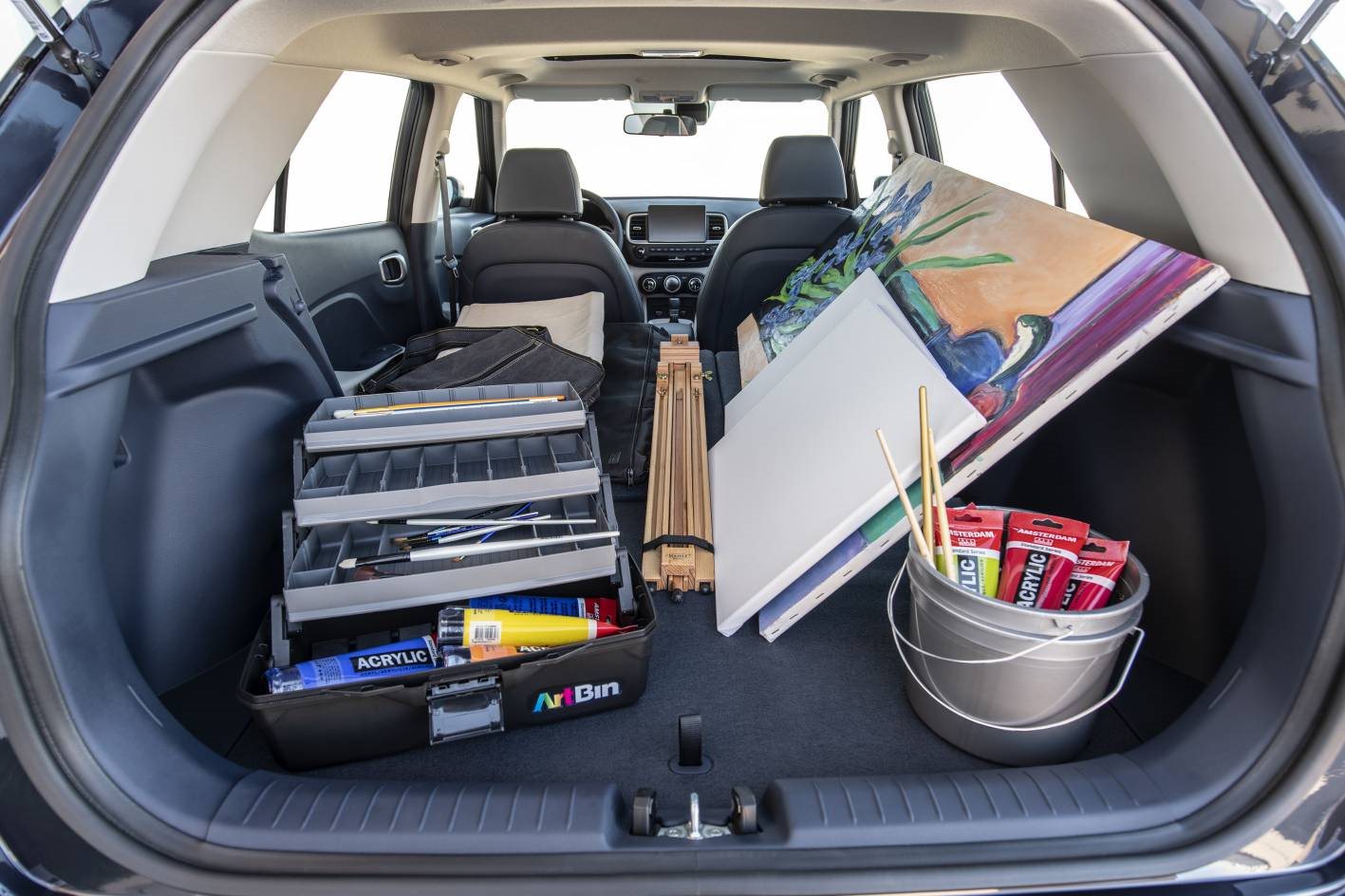
Annoyingly, car dimensions are measured using two methods. The Verband der Automobilindustrie (VDA) measurement is now most widely-used, which is a measure based on the amount of standardised blocks that can fit into a car’s boot. This measures the practical space rather than getting a measurement from every nook and cranny, as done in the outdated Society of Automotive Engineers (SAE) method.
While you imagine both methods involve an epic game of block tetris, in reality car manufacturers report on this data using complex simulations.
That said, we tend to think that a more pragmatic approach involves the universally-available IKEA Billy bookcase flatpack. The flatpack is a 2m x 29cm x 13cm box and available all over the world, and most people are able to imagine the awkwardness of shoving in some furniture rather than using numbers and maths to measure boot space.
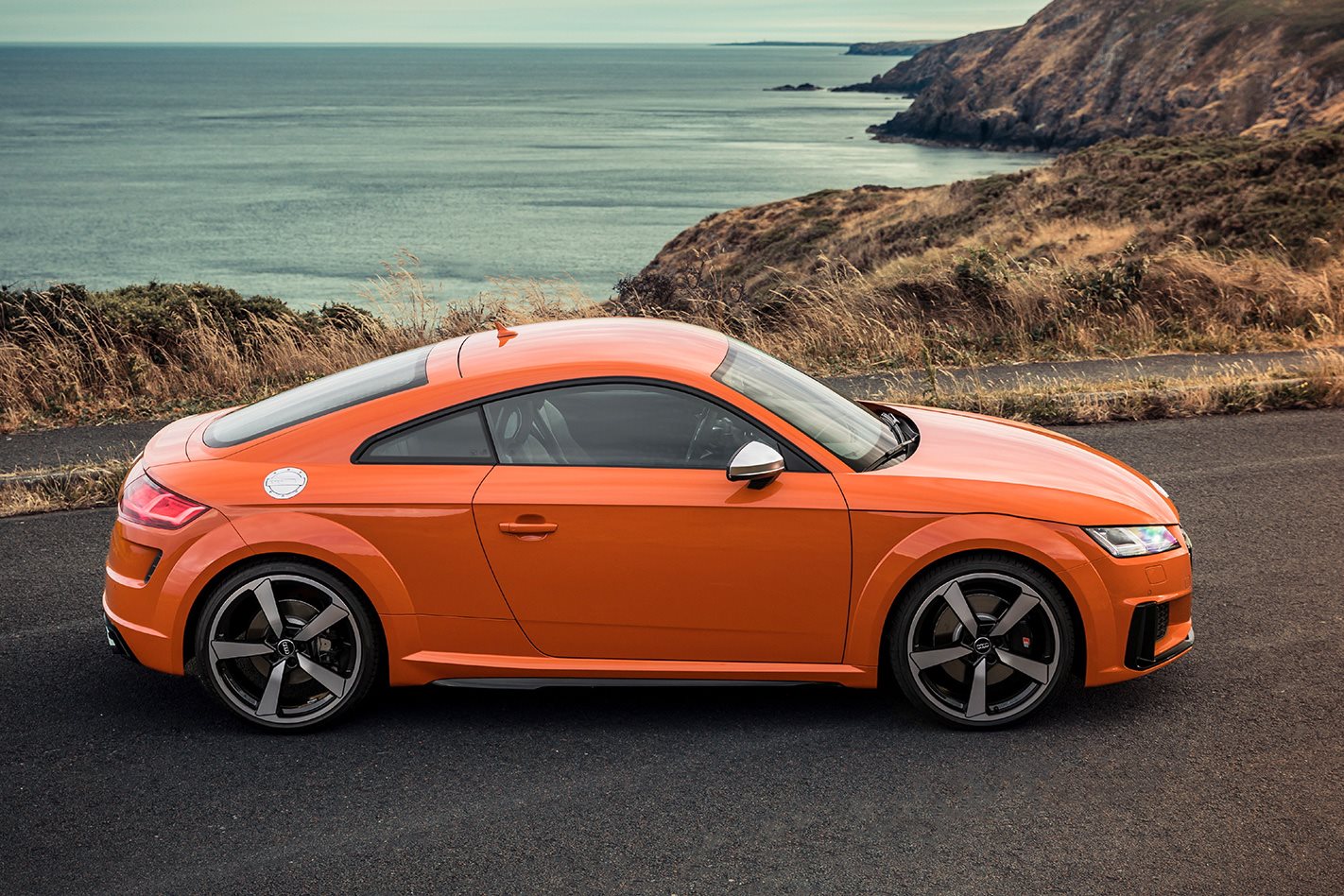
As the old adage goes, you really can’t judge a book, or car, by its cover. Take the Audi TT as an example – with a bit of squishing and a lot of effort, it can swallow a IKEA flatpack without too many expletives. So too, the diminutive Kia Picanto has a solid 200 litres of boot space for its size, before you fold down the rear seats.
Some cars’ boot space are doomed from the get-go, with classes like convertibles which use the space in the boot to stash a soft-top rather than grocery bags. Sports cars too, for that matter, tend to favour tightly-packaged bodies and a light weight over cargo volume. The Jaguar F-type convertible barely fits a bag of oranges and Alfa Romeo’s 4C has a paltry 110 litres worth of space.
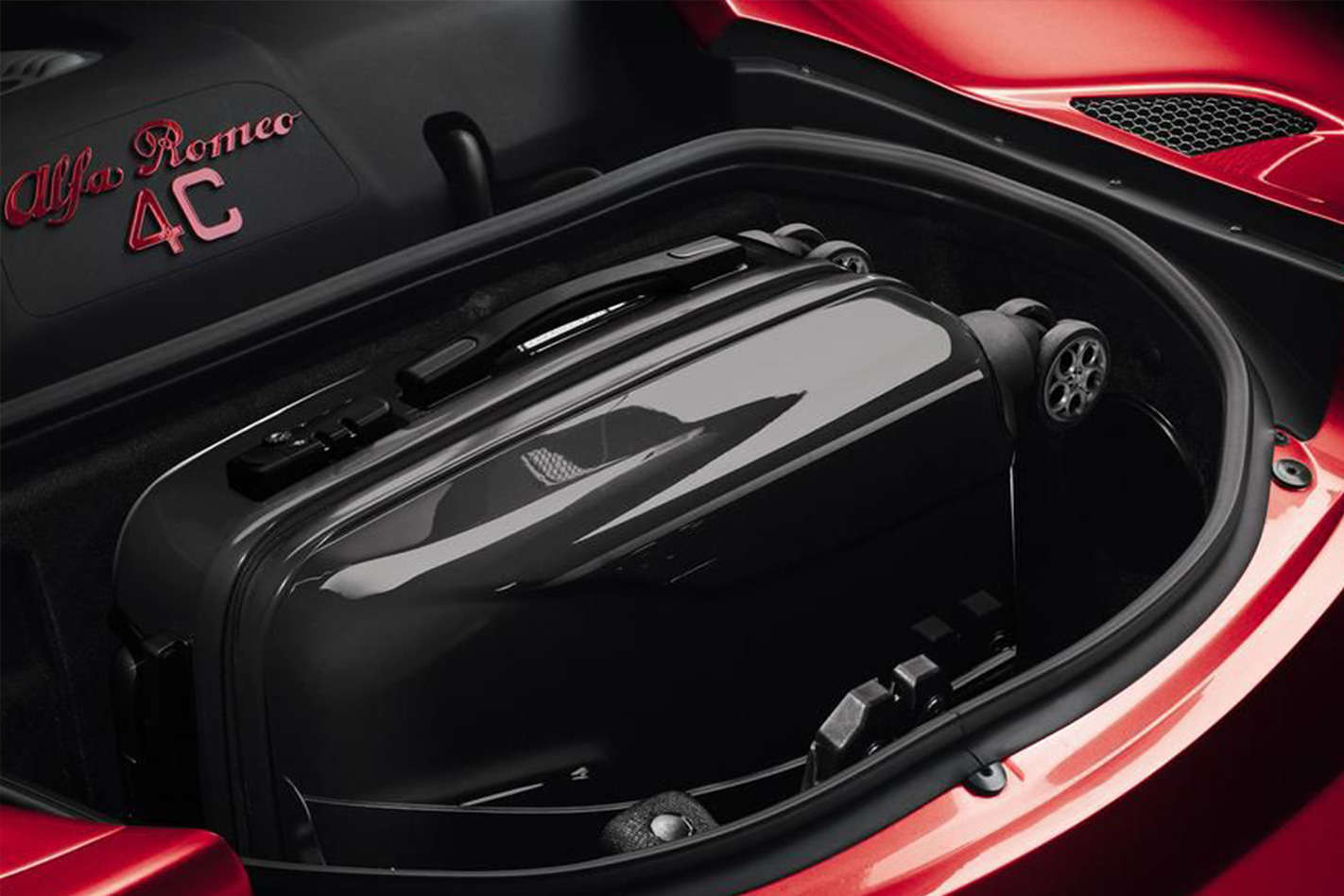
So, without further ado, let’s dive in and find out who does the best (and worst) boots.
Who’s making the best use of space?
Small SUV: Honda is particularly smart with its interior packaging and the HR-V benefits directly from the company’s smart engineers. The Honda HR-V boasts a 437 litre boot which is among the best in segment and even creeps into medium SUV space territory. It also features Honda’s neat ‘Magic seats’ system that can contort pews in an unconventional fashion in the pursuit of ultimate carrying capacity.
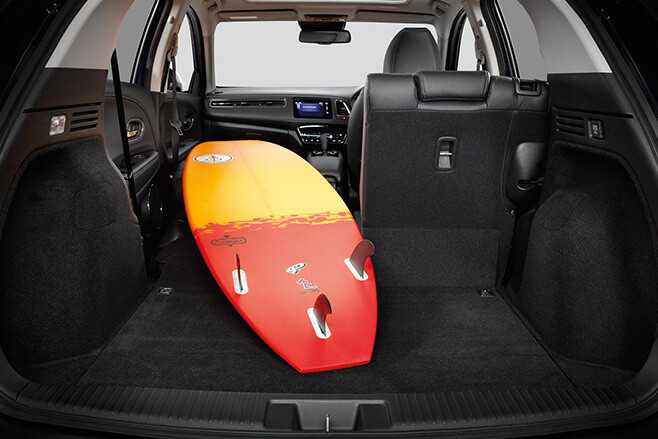
Medium SUV: Toyota’s most-recent RAV4 overhaul has allowed for greater interior storage, resulting in a huge 580-litre boot.
Sedan: It’s hard to go past Tesla for sedan storage capacity, which takes advantage of the fact it doesn’t have an engine in the front. In all, the Tesla Model S offers a whopping 895 litres of space in the rear and front cavities.
Convertible: The Mercedes-Benz E-Class Cabrioletfits golf clubs in the boot with its roof up and has a ski port for skis (385 litres)
Hatchback: The Kia Picanto pulls a ‘TARDIS’ with a boot way bigger than the sum of its parts (255 litres).
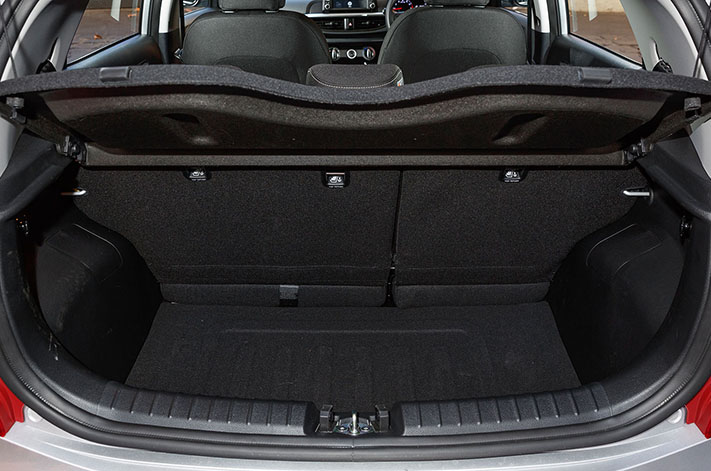
Who’s the worst at storage space?
Small SUV: It CX-3 might be Mazda’s smallest SUV, but it’s still an SUV. The Mazda CX-3 has a wee 264 litres, which is beaten by even by a Toyota Yaris light hatchback.

Medium SUV: Like it’s small SUV stablemate, the Mazda CX-5 can’t contain as much as its rivals either. The CX-5 has a 442-litre boot where other cars in the segment contain more than 500 litres of boot space.
Sedan: The Kia Stinger has a pretty small boot (406 litres) for a large sedan – especially considering it has a hatch-door. The problem with sedans generally isn’t the amount of space, but it’s the space itself. Check that at least one rear seat folds: sometimes they are fixed for added stiffness and have a non-Billy-compatible ski port instead.
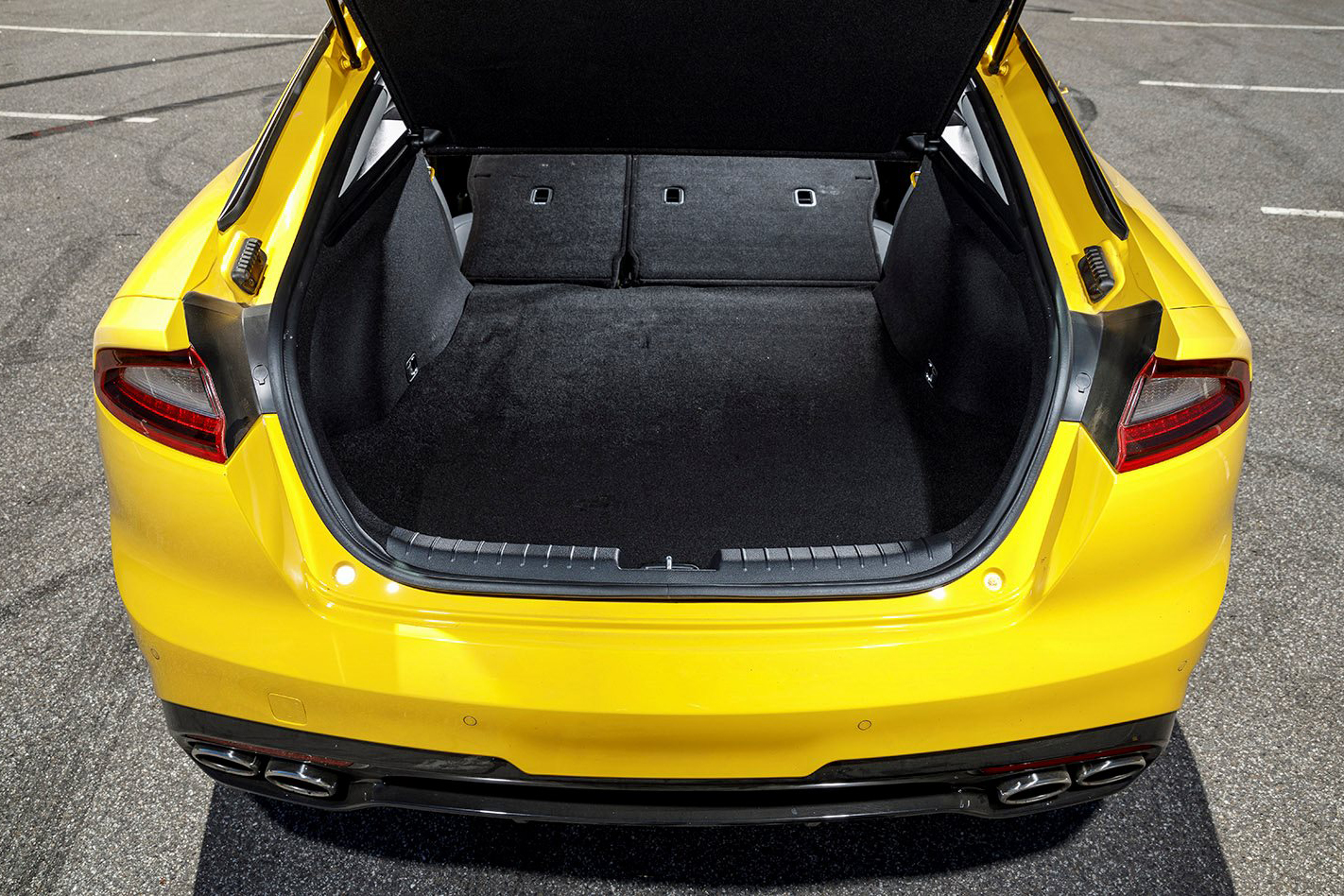
Sports: Alfa 4C. The handbag-sized stash where the boot should be on the Alfa 4C takes the cake for tiny boot space at 110 litres.
Hatchback: The Mini Cooper has next to nothing for a car that’s not the smallest in category (211 litres).
It turns out that size really doesn’t matter – it’s how you use it that’s most important.



